Wave of AI-Driven Layoffs Reshapes Big Tech Workforce
Input
Changed
Salesforce Lays Off 4,000 in Customer Support Meta, Microsoft, Amazon Follow with Mass Job Cuts “Routine Tasks All Automated” — U.S. Youths Left with Nowhere to Go
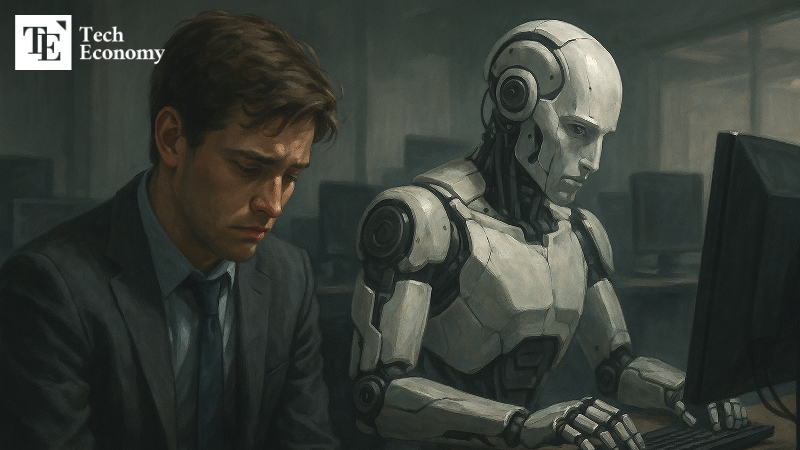
The wave of AI-driven layoffs has swept across Seattle. Cloud services company Salesforce, which is aggressively deploying AI agents internally, has cut staff, while tech giants including Meta, Microsoft, and Amazon are also expanding their use of AI and steadily reducing headcount.
Salesforce’s Bold Layoffs
On the 8th, industry sources reported that Salesforce CEO Marc Benioff revealed on the Logan Bartlett Show podcast that the company had laid off about 4,000 employees in its customer support division. This marks another round of major job cuts, following the dismissal of 7,000 workers—10% of its workforce—in 2023.
Benioff explained, “AI is now handling half of all customer service interactions, so we don’t need as many employees as before. We reduced headcount from 9,000 to about 5,000.” He added, “With AI taking over repetitive tasks, we’ve been able to free up resources for sales. The past eight months have been the most exciting of my career.”
Earlier this year, Salesforce also announced it would halt software engineering hires, citing the rollout of its new AI product, Agentforce. At the time, Benioff said, “In less than six months, Agentforce has surpassed 5,000 contracts, and we are using it ourselves. Because Agentforce has been so successful, we don’t plan to hire engineers this year.”
Agentforce is an AI tool embedded in the Salesforce platform, designed to build autonomous AI agents rather than traditional chatbots. It allows users to resolve customer interactions, review marketing strategies, and perform a variety of other tasks with AI support.
Big Tech Companies Continue Cutting Staff
The wave of AI-driven layoffs has not been limited to Salesforce—it has also swept through Seattle’s other major tech firms. In February, Meta cut 5% of its workforce, or about 3,600 employees, followed by several hundred layoffs in its Reality Labs virtual reality division in April. In May, CEO Mark Zuckerberg said at the company’s AI event, “By next year, nearly half of our programming will be done by AI rather than people,” signaling his intent to expand AI use across the company.
Microsoft has followed a similar path. In January, it eliminated around 1% of its workforce, mainly low performers, and then cut over 6,000 jobs in May. In July, Microsoft issued another statement announcing that about 9,000 employees across its global operations would be laid off, amounting to roughly 4% of its 228,000-strong workforce as of last year. CEO Satya Nadella has openly stated that “20–30% of Microsoft’s internal code is already being written by AI.”
Amazon, for its part, has laid off about 27,000 employees since 2022. CEO Andy Jassy has said, “With the wider adoption of generative AI and AI agents, the way we work is changing. White-collar headcount will broadly decline over the coming years.” Google is also cutting staff to offset costs tied to its AI infrastructure expansion. In February, Google laid off workers in its cloud division, and in May, it cut 200 more in its sales and partnerships teams.
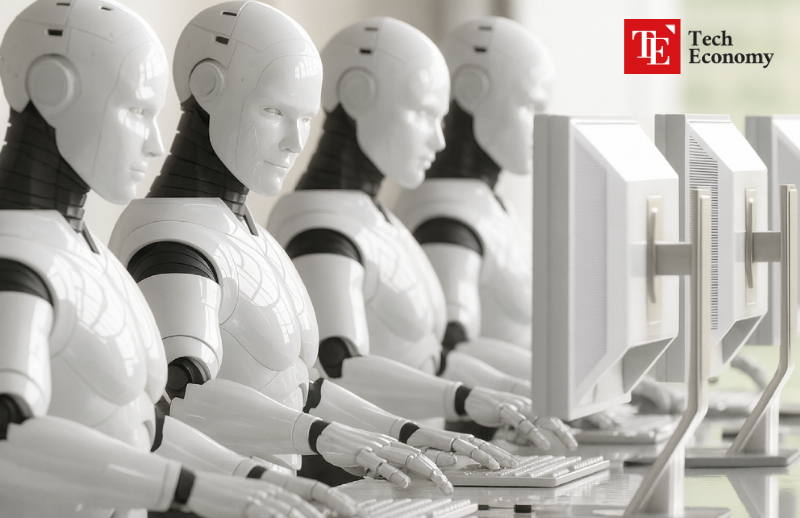
Warning Signs for U.S. Youth Employment
Analysts warn that if the current wave of layoffs continues, the job market for young Americans could deteriorate further. A report published last month by Stanford University researchers found that since the release of OpenAI’s ChatGPT in late 2022, employment for 22- to 25-year-olds has dropped sharply in fields easily automated by AI, such as software development, translation, and customer service. In software development specifically, youth employment peaked at the end of 2022 but by July of this year had fallen by about 20%. By contrast, employment for workers aged 26–30 has stagnated, while older groups have seen an increase.
The researchers stressed that these results show AI itself is directly reshaping the labor market, independent of macroeconomic factors such as Federal Reserve interest rate hikes or a broader economic slowdown. Experienced developers remain in demand due to skills less prone to automation—like collaboration and project management—while younger workers risk being displaced at the very start of their careers, missing crucial learning opportunities and facing a potential “generational gap.” Lead researcher Erik Brynjolfsson, a Stanford professor, emphasized, “We need to ensure that young workers gain necessary skills through explicit training systems rather than relying solely on on-the-job experience.”
Similar concerns have been raised elsewhere. For instance, Joseph Briggs, head of global economic research at Goldman Sachs, said on a company podcast last month, “Since early this year, unemployment among young tech workers in their 20s has risen by about three percentage points.” He noted, “This is far higher than for other occupations in the same age group. While the overall impact on youth employment is still limited, negative signals are emerging in industries where AI is being actively adopted as a tool for efficiency.” Briggs added, “If our forecasts are wrong, and AI adoption with job displacement happens within one to three years, a 7% displacement rate could push unemployment up by 2 to 2.5 percentage points—creating a significant macroeconomic shock.”

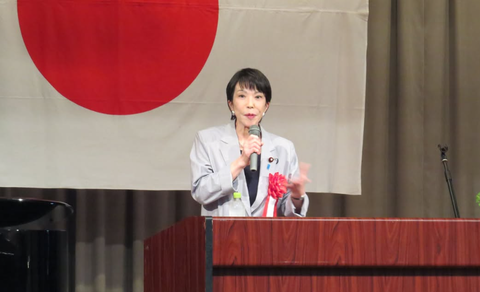

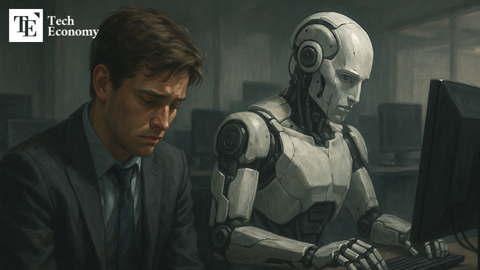
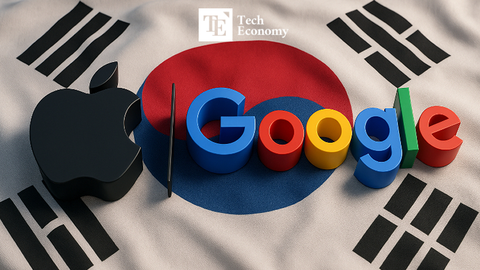
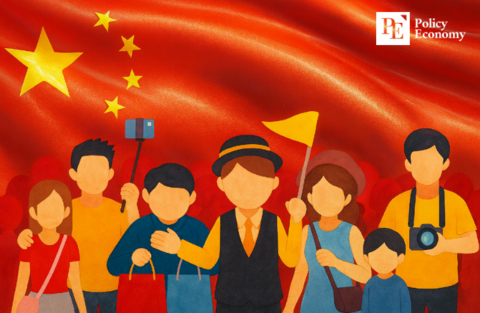
















Comment